860994091727565157 – BTC Wires
Published
2 months agoon
By
admin Analysis
Navigating the crypto world is a daunting challenge owing to those confusing technical concepts, isn’t it?
Lucky You! You are at BTC Wires.
With an aim to keep you in touch with the current market trends of the crypto world, BTC Wires brings you the in-depth analysis of all the happenings so you can stand firm in this ecosystem.
Source link

You may like


Suriname presidential candidate eyes on Bitcoin adoption


US Court Rules Tornado Cash Smart Contracts Not Property, Lifts Ban
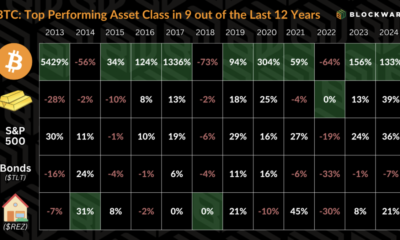

Maximizing Bitcoin Accumulation – Beyond the Benchmark
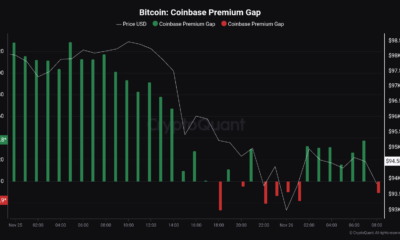

Bitcoin Crashes Under $93,000: What’s Behind It?


Trump in considerations for CFTC to regulate crypto
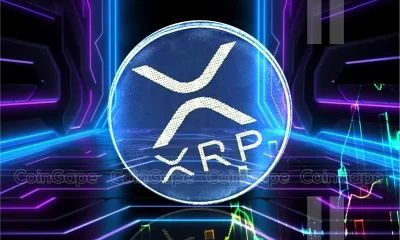

Will XRP Price Reach $2 By The End Of November?
Bitcoin
Suriname presidential candidate eyes on Bitcoin adoption
Published
47 mins agoon
November 27, 2024By
admin

The use case of Bitcoin has spread around the globe since El Salvador adopted it as a legal tender, the U.S. planned it for a national strategic reserve, and now Suriname.
Maya Parbhoe, a Surinamese young lady who is running for president, is embracing the use of Bitcoin in the country, specifically for the national currency. She is also aware that the Bitcoin standard should be implemented in the country, as well as ending the systematic corruption regime if she is elected.
On May 25 – 2025, 6 months from now, the people of Suriname will have a clear choice to…
> End systemic corruption
> Embrace a full Bitcoin standard
> Become truly independentMany countries will follow.
Nothing stops this train🚉🫶 https://t.co/QR1b6tbJGr pic.twitter.com/xYCxJfYFmN
— Maya Parbhoe (@MayaPar25) November 25, 2024
According to Maya’s plan, she also aims to eliminate the country’s central bank, which was founded in 1957. She also focused on introducing free currency competition as the Suriname dollar (SRD) has inflated above 50% in the past 3 years and cooled down below 20% in 2024, according to Statista’s data.
On the economic development agenda, Maya targets building the first blockchain-based capital market in the world and boosting economic growth by financing Bitcoin bonds.
She was inspired by El Salvadorian President Nayib Bukele for adopting Bitcoin as a legal tender and Switzerland for opening the free currency competition in their respective nations.
Suriname-Poland, following other nation’s step
Numerous presidential candidates who are running for head of government positions are embracing Bitcoin as one of their political and economic campaigns. After El Salvador adopted Bitcoin as a legal tender and the United States announced its proposal as a national strategic reserve, many came to follow.
One of them is the chairman of the right-wing Polish political party New Hope, Slawomir Mentzen, who introduced the idea of a Bitcoin strategic reserve for running the presidential ticket.
Mentzen was also the figure in Poland who proposed that municipal schools and offices mine Bitcoin back in 2018, although it was considered an absurd idea.
“Now I am running for president of Poland and propose that we should keep its currency reserves in Bitcoins. This may seem abstract to someone now, but in a few years it will turn out again that it was a completely obvious decision to make,” he said on X post on Nov. 18.
Source link
24/7 Cryptocurrency News
US Court Rules Tornado Cash Smart Contracts Not Property, Lifts Ban
Published
2 hours agoon
November 27, 2024By
admin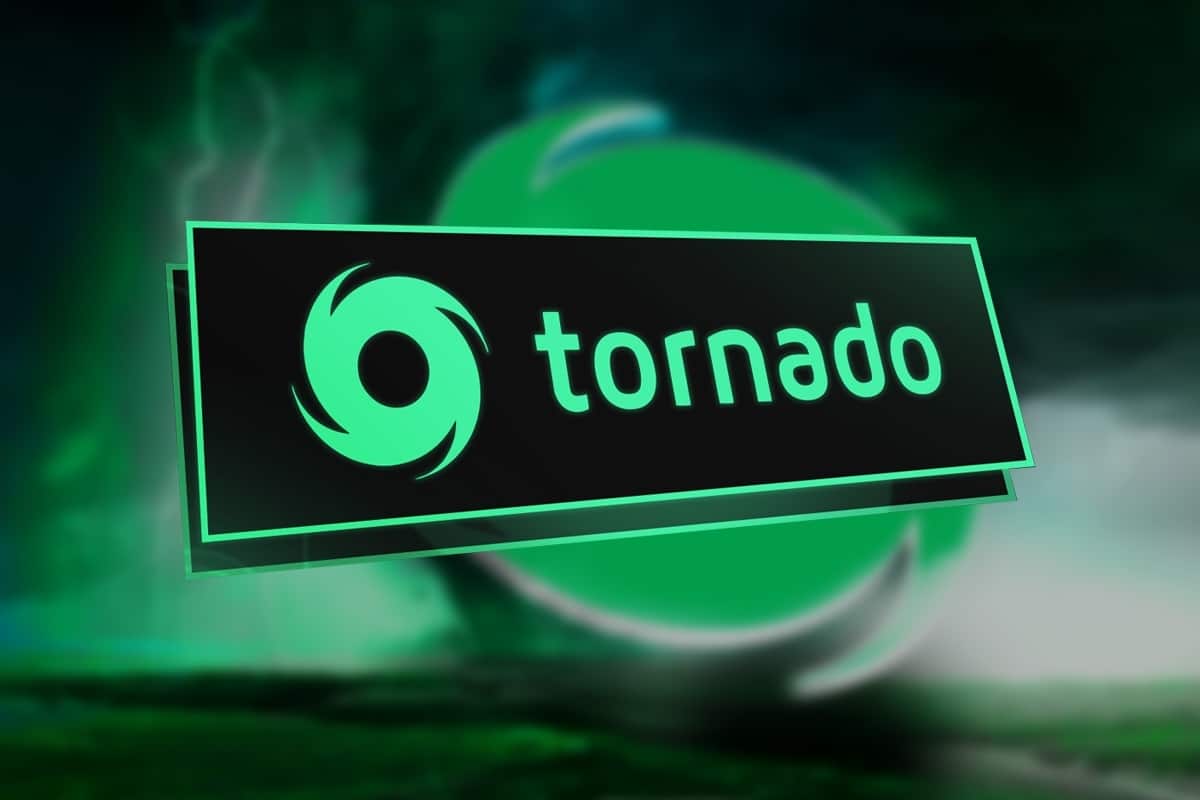
A U.S. appeals court has ruled that the Treasury Department’s Office of Foreign Assets Control (OFAC) exceeded its authority by sanctioning Tornado Cash’s immutable smart contracts. This decision overturns earlier actions taken by OFAC and removes Tornado Cash’s smart contracts from the sanctions list, allowing U.S. citizens to resume their use of the protocol.
US Court Rules Tornado Cash Smart Contracts Not Property
On November 26, the Fifth Circuit Court of Appeals delivered a key ruling on the legality of sanctions imposed on Tornado Cash by OFAC. The court found that the sanctions were unlawful because Tornado Cash’s smart contracts, as immutable open-source code, cannot be owned or controlled by any entity or individual.
“We hold that Tornado Cash’s immutable smart contracts (the lines of privacy-enabling software code) are not the ‘property’ of a foreign national or entity,” the three-judge panel stated in its decision. The court explained that under the International Emergency Economic Powers Act (IEEPA), OFAC is only authorized to sanction property owned or controlled by foreign persons, which does not apply to the autonomous smart contracts.
The court directed a Texas district court to grant a motion for partial summary judgment filed by the plaintiffs, led by Joseph Van Loon, challenging the sanctions.
This Is A Breaking News, Please Check Back For More
Kelvin Munene Murithi
Kelvin is a distinguished writer with expertise in crypto and finance, holding a Bachelor’s degree in Actuarial Science. Known for his incisive analysis and insightful content, he possesses a strong command of English and excels in conducting thorough research and delivering timely cryptocurrency market updates.
Disclaimer: The presented content may include the personal opinion of the author and is subject to market condition. Do your market research before investing in cryptocurrencies. The author or the publication does not hold any responsibility for your personal financial loss.
Source link
Guides
Maximizing Bitcoin Accumulation – Beyond the Benchmark
Published
4 hours agoon
November 27, 2024By
admin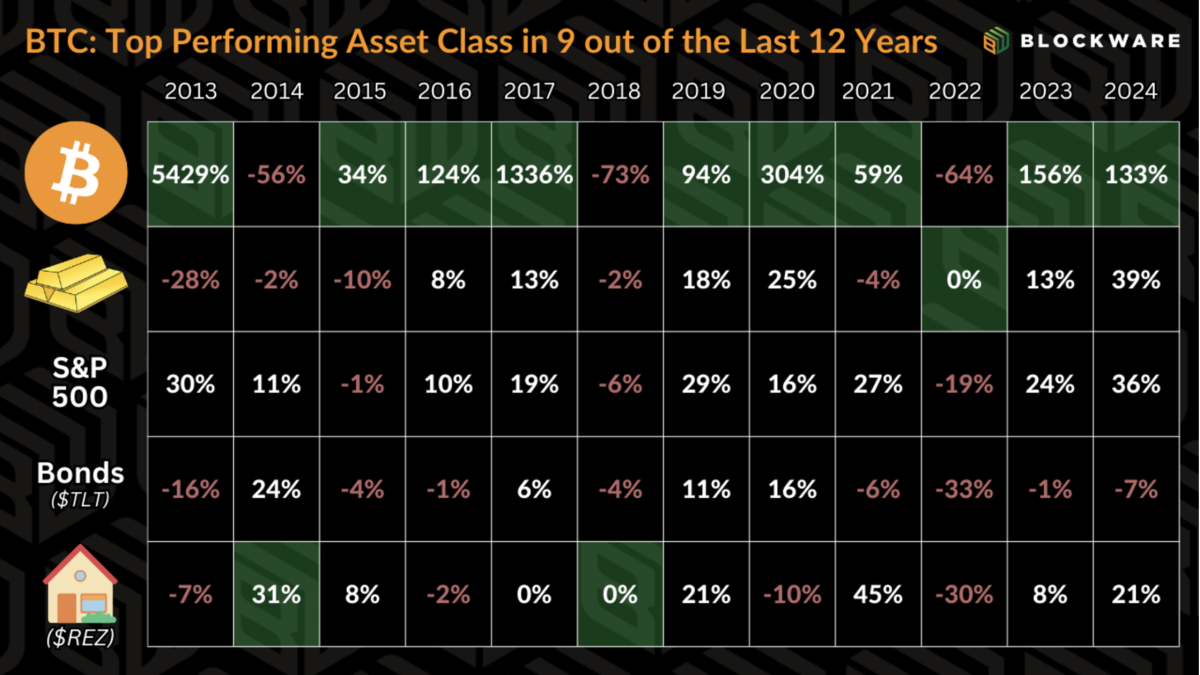
Bitcoin has consistently outperformed all major asset classes over the past decade, solidifying its role as the benchmark for digital asset investors. For those committed to Bitcoin’s long-term vision, the ultimate financial goal often shifts from acquiring more dollars to maximizing their Bitcoin holdings.
Bitcoin is the Hurdle Rate
Bitcoin is to digital assets what treasury bonds are to the legacy financial system—a foundational benchmark. While no investment is without risk, Bitcoin held in self-custody eliminates counterparty risk, dilution risk, and other systemic risks common in traditional finance.
With BTC outperforming every other asset class in 9 of the past 12 years (by orders of magnitude), it’s no surprise that it has usurped treasury bonds as the “risk free rate” in the minds of many investors – especially those knowledgeable about monetary history and thus the appeal of Bitcoin’s verifiable scarcity.

Another way to phrase this would be that the financial objective of digital asset investors is to acquire more BTC rather than acquire more dollars. All investments or spending are viewed through the lens of BTC being the opportunity cost.
MicroStrategy has demonstrated what this looks like in the corporate world with their new KPI: BTC Yield. To quote from their September 20th, 8-K form: “The Company uses BTC Yield as a KPI to help assess the performance of its strategy of acquiring bitcoin in a manner the Company believes is accretive to shareholders.” MicroStrategy has taken full advantage of the tools available to them as a multi-billion dollar public company: access to low interest rate debt and the ability to issue new shares. This KPI shows that they are acquiring more BTC per outstanding share despite the fact that they are engaging in the traditionally dilutive activity of new share issuance.
Mission accomplished: they are acquiring more bitcoin.
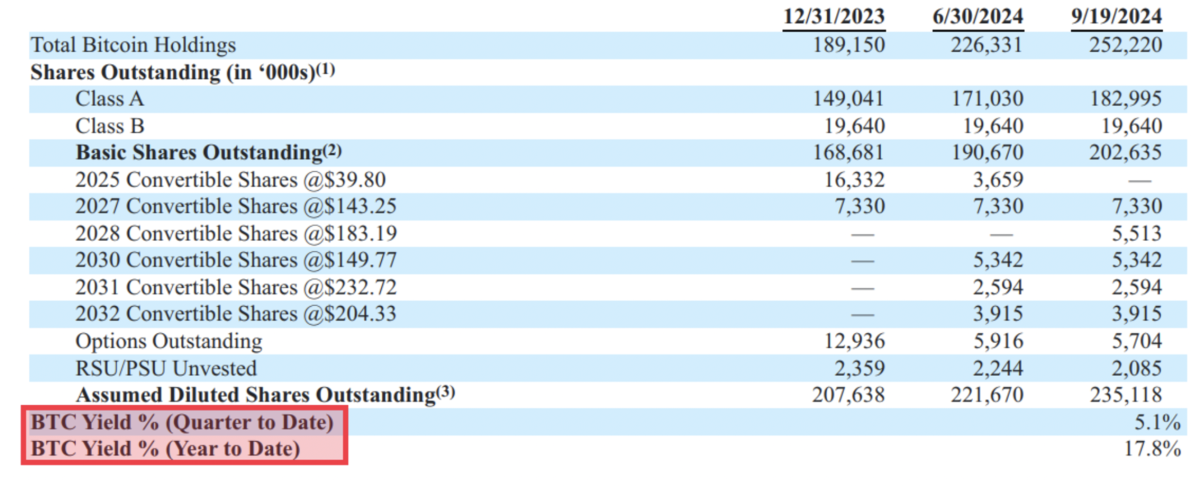
But MicroStrategy has an advantage that the average fund manager or retail investor does not: they are a publicly traded company with the ability to tap into capital markets at little to no relative cost. Individual holders are unable to issue shares into the public market in order to raise capital and acquire BTC. Nor can we issue convertible notes and borrow dollars at a near zero % interest rate.
So that begs the question: how can we accumulate more bitcoin? How can we have a positive ‘BTC Yield’?
Bitcoin Mining
Bitcoin miners acquire BTC by contributing computational power to the Bitcoin network, and receiving a greater amount of BTC than what it costs in electricity to operate their machine(s). Now this is easier said than done. The Bitcoin protocol enforces a predetermined supply schedule using “difficulty adjustments” – meaning that more computational power dedicated towards Bitcoin mining results in the finite block rewards getting split up into smaller pieces.
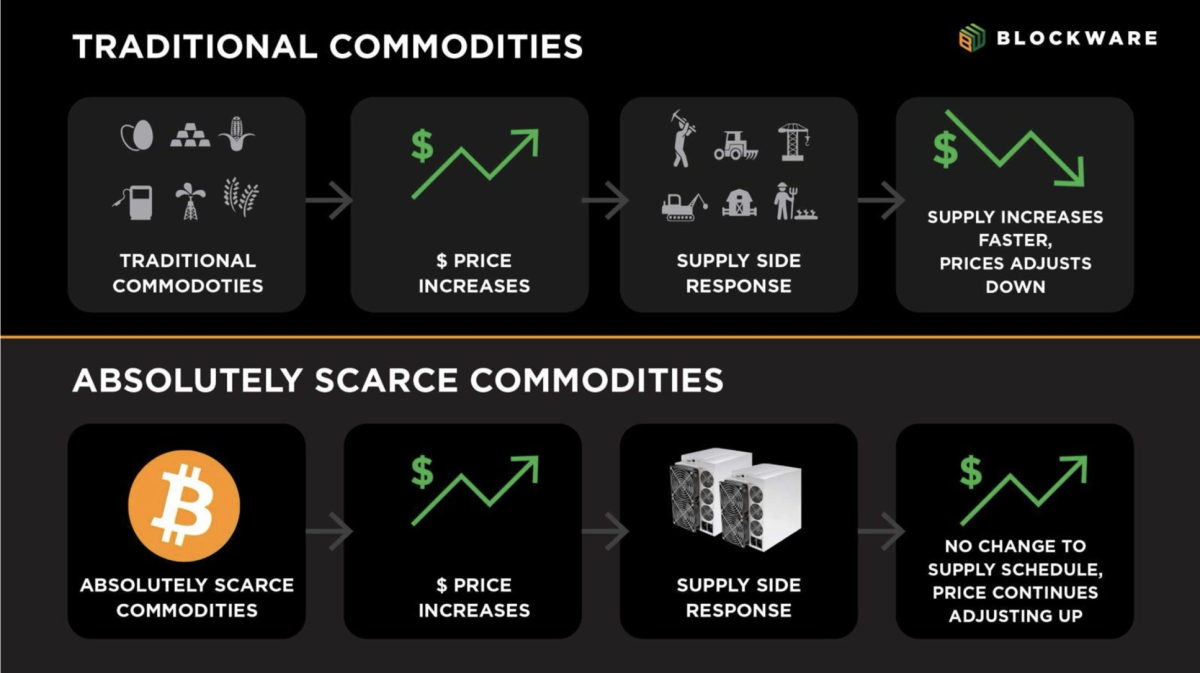
The most effective Bitcoin miners are those that maximize their computational power while minimizing their operational costs. This is accomplished by acquiring the latest, most-efficient Bitcoin mining hardware, and operating with the lowest possible electricity rate.
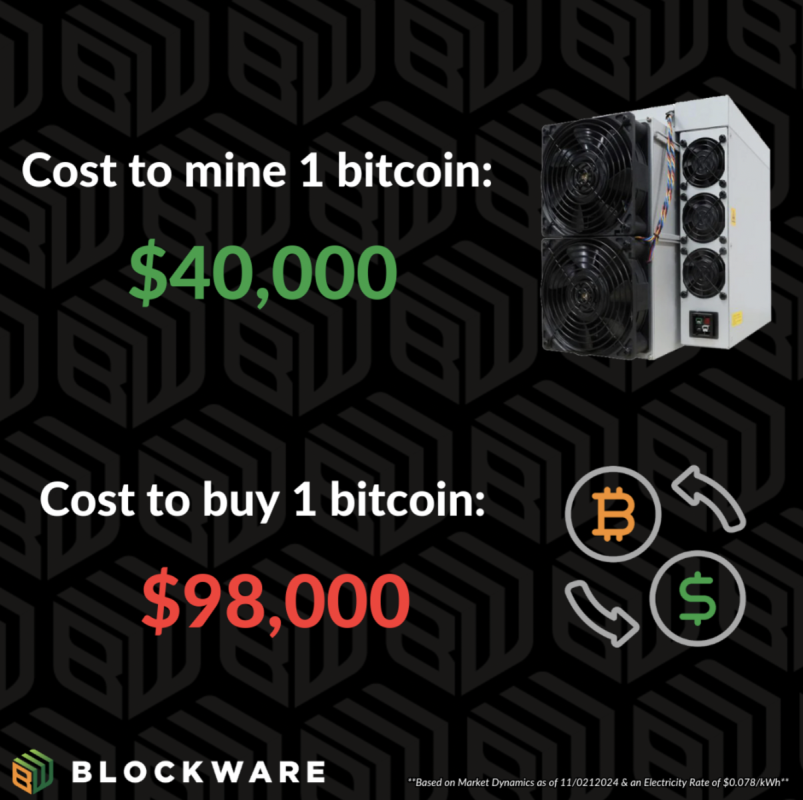
Under current market conditions (as of 11/21/2024), 1 bitcoin has a price of ~$98,000. However, an Antminer S21 Pro mining with an electricity rate of $0.078/kWh is able to produce 1 BTC for ~$40,000 in electricity. This is an operating margin of nearly 145%. A business is typically considered to have “healthy profit margins” if they are in the 5-10% range – mining beats this easily. This is in spite of the fact that as of the April 2024 Bitcoin halving, they earn half as much BTC per unit of compute.
Price Growth Outpacing Difficulty Growth
The price of a financial asset – specifically bitcoin – is set at the margin. This means that the asset’s price is determined by the most recent transactions between buyers and sellers. In other words, the price reflects what the last buyer is willing to pay and what the last seller is willing to accept.
This, in part, is what enables BTC’s notoriously volatile price action. A lack of sellers at price X means buyers must bid the price higher than X in order to find the next marginal seller. Inversely, a lack of buyers at price X means a seller must lower their ask to find the next marginal buyer. BTC can quickly move up or down based on a lack of sellers or buyers in a specific range.
Consequently, the velocity at which the Bitcoin price can move is much higher than that of network mining difficulty. Substantial growth in network mining difficulty is not achieved by marginal bid/ask spreads, it is achieved by the culmination of ASIC manufacturing, energy production, and mining infrastructure development. There is not shortcutting the time and human capital necessary to increase the total computational power on the Bitcoin network.
This dynamic is what creates opportunities for Bitcoin miners to accumulate vast amounts of bitcoin.
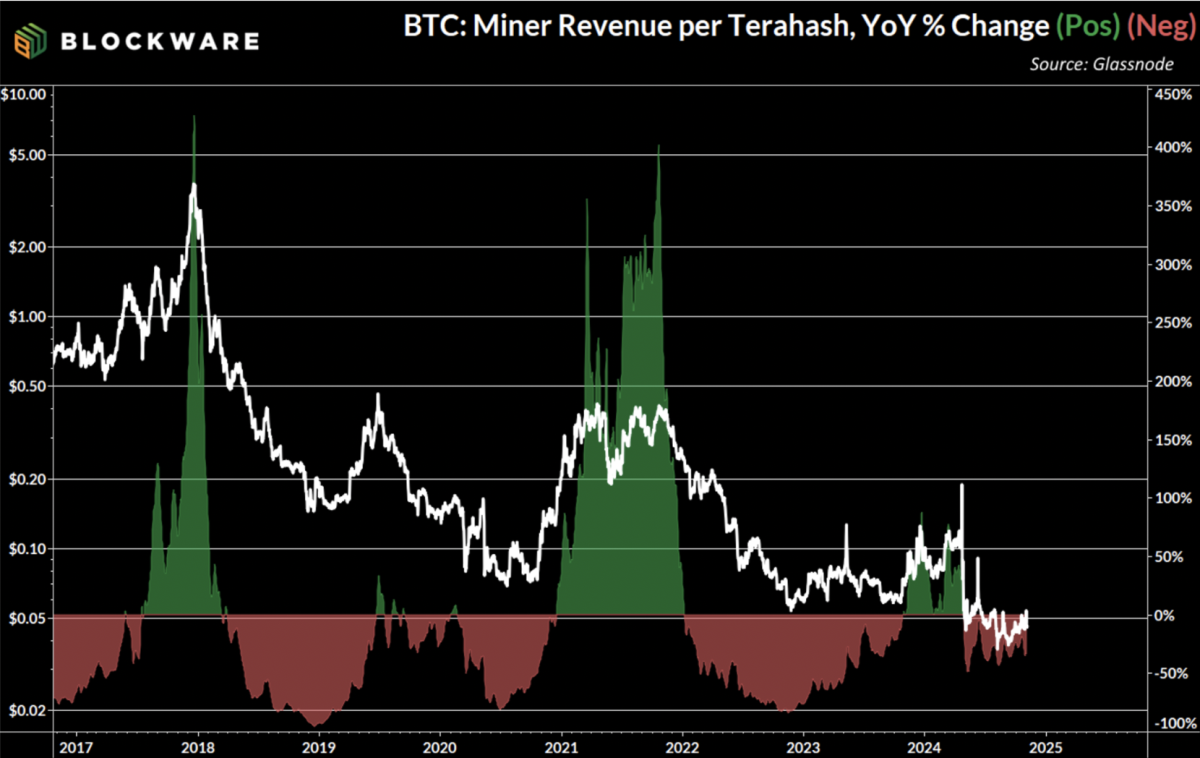
The chart here illustrates the explosive growth of Bitcoin mining profitability that takes place during bull markets. “Hashprice” measures the amount of revenue that Bitcoin miners earn per unit of compute on a daily basis. On a year-over-year basis, hashprice has increased by more than 300% at the height of each bitcoin mining cycle. This means that miners have had their profit margins more than triple in a 12-month span.
Over the long-run this metric trends down as more entities begin mining bitcoin, miners upgrade to more powerful & efficient machines, and the block subsidy is cut in half every four years. However, during bull markets, the combination of the forces that are a positive catalyst for mining difficulty (and thus net-negative for mining profitability) pale in comparison to the rapid growth in the price of bitcoin.
Price Volatility in Bitcoin Mining Hardware
In addition to wider profit margins during bull markets, Bitcoin miners have the simultaneous benefit of the fact that ASIC prices tend to move in tandem with the Bitcoin price. During the 2020 – 2024 cycle, the Antminer S19 (most efficient ASIC at the time) began trading at ~$24/T. By November 2021 – when the BTC price was peaking – they began trading for north of $120/T.
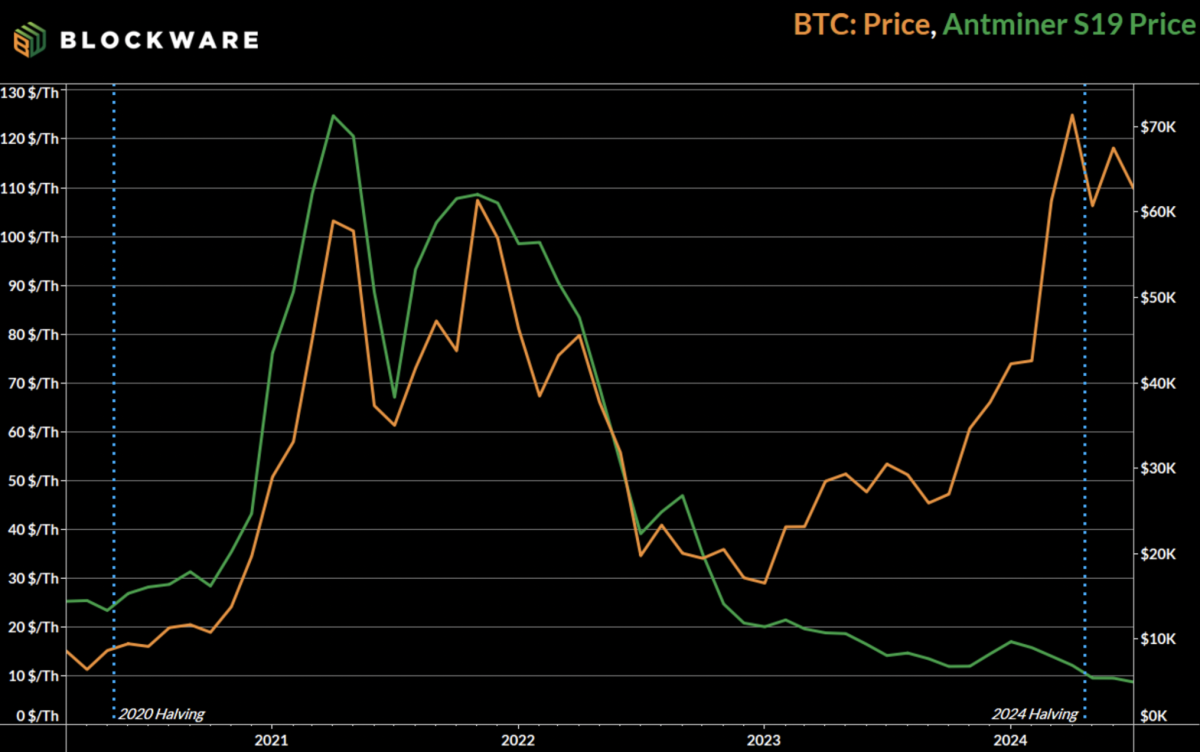
Bitcoin mining hardware retaining resale value is becoming increasingly the case with each new generation of hardware. In the early days of Bitcoin mining, technological advancements were swift and forceful – to the point that new ASICs would make older models obsolete overnight. However, the marginal gains of new ASICs have diminished to the point that older models are able to remain competitive for multiple years after release.
Since the S19 was launched in 2020 and retains a non-zero market price today, it is reasonable to expect that the S21 line of machines will be able to retain value for even longer. This gives miners a significant leg-up when it comes to accumulating bitcoin, because the upfront cost of purchasing machines is no longer “sunk”. Their machines have a price, one that is correlated to bitcoin, and there is a resource available to get liquidity.
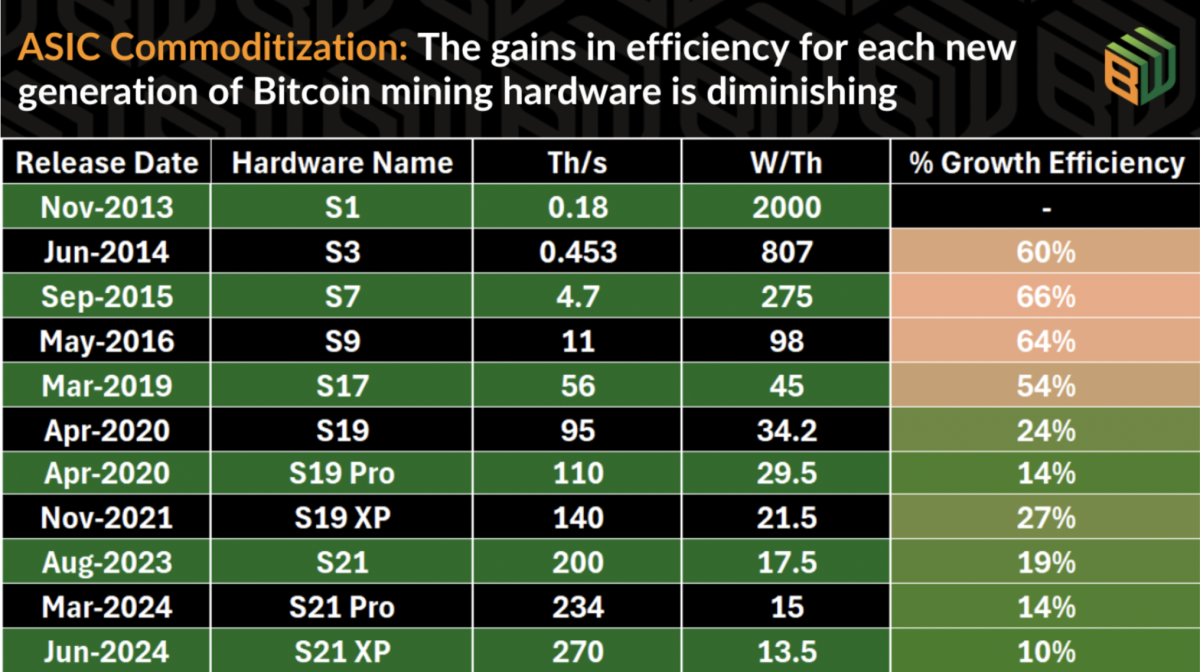
Blockware Marketplace
Blockware developed this platform to enable any investor – institutional or retail – the opportunity to gain direct exposure to Bitcoin mining. Users of the marketplace are able to purchase Bitcoin mining rigs that are hosted at one of Blockware’s tier 1 data centers and have access to industrial power prices. These machines are online already, eliminating lengthy lead times that have historically caused some miners to miss out on those key months in the cycle in which price is outpacing network difficulty.
Moreover, this platform is built by Bitcoiners, for Bitcoiners. Which means that machines are purchased using Bitcoin as the medium of exchange, and mining rewards are never held by Blockware – they are sent directly to the users own wallet.
Lastly, this provides miners with the aforementioned opportunity, but not obligation, to sell their machines at any time and price. This enables miners to capitalize on volatility in ASIC prices, recoup the cost of their machines, and accumulate more BTC faster than they would with a traditional “pure play” approach.
This innovation removes the obstacles that have historically made hosted mining difficult, enabling miners to concentrate on the mission: accumulating more Bitcoin.
For institutional investors looking for bulk pricing on mining hardware, contact the Blockware team directly.
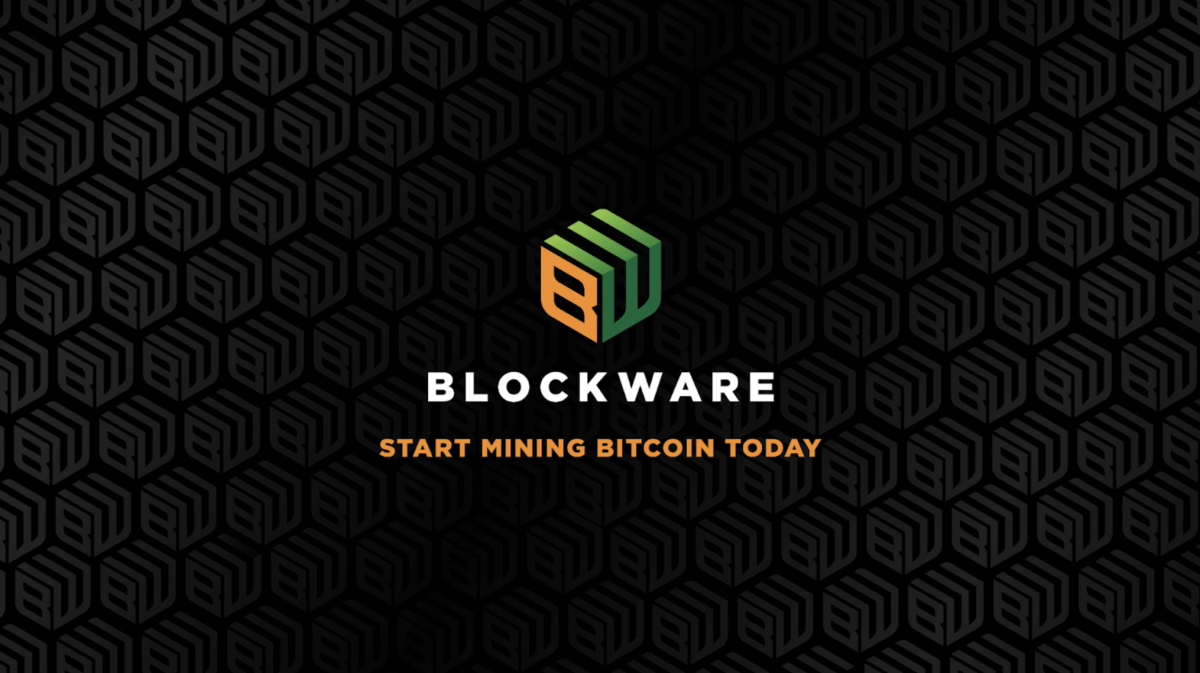
Source link

Suriname presidential candidate eyes on Bitcoin adoption

US Court Rules Tornado Cash Smart Contracts Not Property, Lifts Ban

Maximizing Bitcoin Accumulation – Beyond the Benchmark

Bitcoin Crashes Under $93,000: What’s Behind It?

Trump in considerations for CFTC to regulate crypto

Will XRP Price Reach $2 By The End Of November?

Here Are Three Promising Altcoins for the Next Crypto Market Bounce, According to Top Trader

Bitcoin Script: Focus On The Building Blocks, Not The Wild Geese

Kraken to close NFT marketplace by February 2025

Kraken To Shut Down Its NFT Marketplace

Pump.fun Accounted for 62% of Solana DEX Transactions in November, So Far

Fidelity Investments Director Shares Bitcoin’s Adoption and Valuation Models

Zodia Custody teams up with Securitize for institutional access to tokenized assets

Crypto Analyst Explains Why Dogecoin Price Will Hit $1

Bitcoin Long-Term Holders Have 163K More BTC to Sell, History Indicates: Van Straten
182267361726451435

Why Did Trump Change His Mind on Bitcoin?

Top Crypto News Headlines of The Week

New U.S. president must bring clarity to crypto regulation, analyst says

Ethereum, Solana touch key levels as Bitcoin spikes

Bitcoin Open-Source Development Takes The Stage In Nashville

Will XRP Price Defend $0.5 Support If SEC Decides to Appeal?

Bitcoin 20% Surge In 3 Weeks Teases Record-Breaking Potential

Ethereum Crash A Buying Opportunity? This Whale Thinks So

Shiba Inu Price Slips 4% as 3500% Burn Rate Surge Fails to Halt Correction

‘Hamster Kombat’ Airdrop Delayed as Pre-Market Trading for Telegram Game Expands

Washington financial watchdog warns of scam involving fake crypto ‘professors’

Citigroup Executive Steps Down To Explore Crypto
Mostbet Güvenilir Mi – Casino Bonus 2024

Bitcoin flashes indicator that often precedes higher prices: CryptoQuant
Trending

 2 months ago
2 months ago182267361726451435

 Donald Trump4 months ago
Donald Trump4 months agoWhy Did Trump Change His Mind on Bitcoin?

 24/7 Cryptocurrency News3 months ago
24/7 Cryptocurrency News3 months agoTop Crypto News Headlines of The Week

 News3 months ago
News3 months agoNew U.S. president must bring clarity to crypto regulation, analyst says

 Bitcoin4 months ago
Bitcoin4 months agoEthereum, Solana touch key levels as Bitcoin spikes

 Opinion4 months ago
Opinion4 months agoBitcoin Open-Source Development Takes The Stage In Nashville

 Price analysis4 months ago
Price analysis4 months agoWill XRP Price Defend $0.5 Support If SEC Decides to Appeal?

 Bitcoin4 months ago
Bitcoin4 months agoBitcoin 20% Surge In 3 Weeks Teases Record-Breaking Potential


✓ Share: